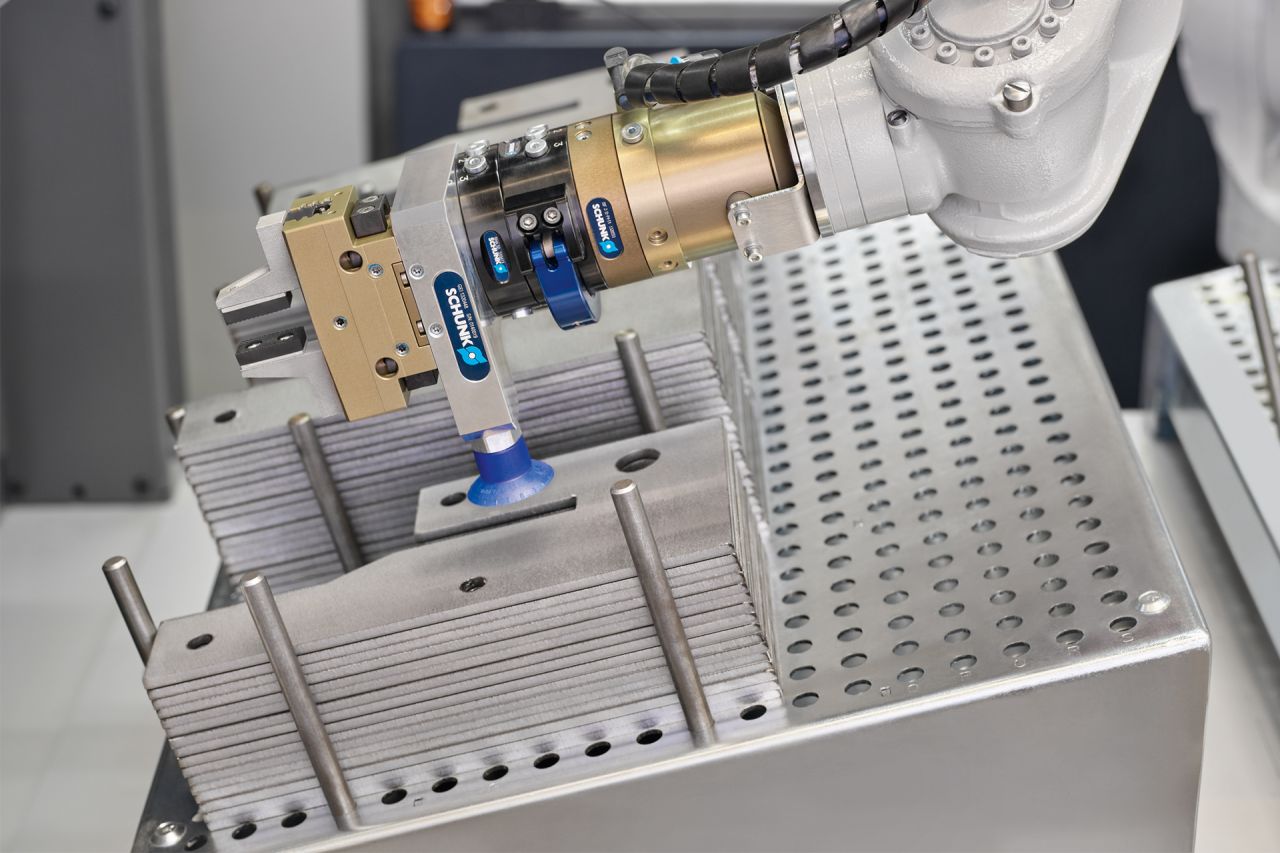
News 板材加工:何时值得使用自动化设备?德国板材加工企业在生产自动化中居于何种地位?
英文面试:
The key question was: “Why should sheet metal processing companies invest in automation in the first place?” The article touched on important aspects such as the shortage of skilled workers, price pressure, the quality of materials, machine utilization rates, or implementing process optimizations for customers.
The latter is precisely where Thomas Dörig identifies an important approach:
“Thomas Dörig, Head of Bystronic’s Solution Center, sees his customers as facing the dual challenge of supplying sheet metal parts quickly, flexibly, and at a competitive price while also processing jobs reproducibly and in consistent quality.” “For both of these factors, optimal process automation right through to lightly-manned or even unmanned production is an important driver,” he explains. He believes that offering consistently high quality is crucial on the market of today. “Here, a high level of automation and the resulting lightly-manned or unmanned production can make all the difference,” he emphasizes.
Prior to automating, both the customer and the supplier have to do additional homework:
“The basic prerequisite for automated production right through to lightly-manned or unmanned manufacturing is a mastery of the individual process steps,” says Thomas Dörig. This includes seamless process monitoring that must also be automated. According to Thomas Dörig, repetitive jobs are the ideal starting point for lightly-manned or unmanned production. However, new software and machines are already paving the way to an automated one-piece flow.
“The important point is that a new, automated sheet metal production environment does not just consist of new machines and the associated software. Rather, it entails introducing a completely new production process,” Thomas Dörig adds. This means that change management, as well as training and support for the customer both during the project phase and during live production, are of crucial importance.”
Ultimately, the experts all agree on one point:
“In spite of automation, humans are still an indispensable factor. Thomas Dörig identifies three essential responsibilities that remain with the human employee: They coordinate, monitor, and control the production processes, perform machine maintenance to ensure optimum uptime, and contribute expertise that is still superior to the machines in many areas.
However: “The higher the level of automation, the less physical effort is required,” Thomas Dörig concludes.”